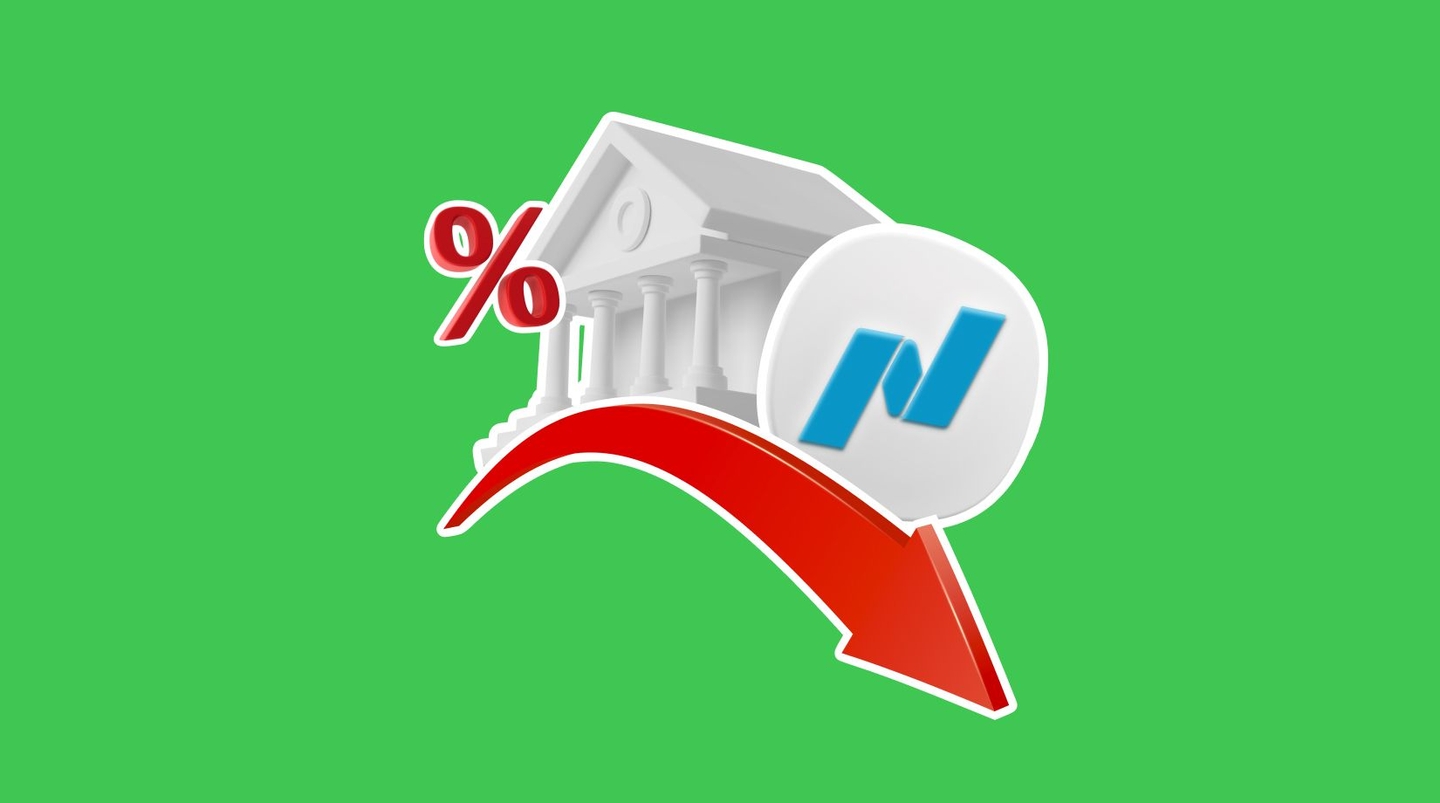On Friday, the NASDAQ fell 1.93% and global stocks depreciated within the US Trading Session. Analysts are advising that the decline was brought about by institutions selling shares to avoid weekend risk as we enter into the week of significant bank decisions. Between Wednesday and Friday, four central banks will confirm their rate decisions. Market participants await the rate decision from the Federal Reserve, Bank of England, Swiss National Bank and Bank of Japan. Investors and shareholders are cautious that further global interest rate hikes will trigger higher lower demand for stocks. In addition, the more restrictive monetary policy will likely make a recession imminent.
A significant concern for the stock market is the price of energy-based commodities, which continues to rise this morning. The price of Crude Oil rose a further 0.81% during this morning’s Asian session and is now trading at the highest level since the first week of November 2022. Signs of an upcoming oil shortage support the instrument: according to OPEC+ reports, the global gap between supply and demand in the fourth quarter will be about 3.3M barrels per day.
The US Dollar Index is increasing in value and is trading at its highest level since March 2023, but it is trading slightly lower this morning. The index is trading 0.04% lower, but investors should note this can quickly change as we enter the European session and as the US session overlaps. This morning's worst-performing currency is the Japanese Yen, which is depreciating in value against all currencies. The best-performing currency this morning is the Swiss Franc, but it may be overtaken by the Dollar if it continues to rise over the past 1-hour.
NASDAQ
The price of the NASDAQ this morning is trading slightly lower after opening on a somewhat higher price gap. However, Asian and European stocks are trading lower this morning, which investors will use as an indication of investor sentiment. So far, investors indicate a “risk-off” sentiment as the Federal Reserve’s rate decision edges nearer. If the price declines below $15,185, the asset will likely obtain another “sell” signal.
According to the CME Group’s FedWatch Tool, 99% of economists believe the Federal Reserve will keep interest rates unchanged this month. However, 30% believe the Fed will hike 0.25% in November 2023. Investors need to note that traders will price September and November possible alterations towards the end of the week. If the Federal Reserve keeps interest rates unchanged and gives no concrete indication for November, the NASDAQ can potentially rise. However, if the central bank unexpectedly hikes 0.25%, as did the European Central Bank, the NASDAQ is likely to potentially decline further.
Another concern for the stock market is the rise in US Treasury Yields. The US 10-Year Treasury has risen from 4.288% to 4.355%, making the safer investment more appealing. Any negative factor within the stock market can easily trigger institutional investors to become more heavily exposed to bonds and sell shares. However, Bond yields will likely change after Wednesday's rate decision and press conference. Lastly, investors will also be monitoring the rate decisions of other G20 nations this week. Interest rate hikes elsewhere are deemed to also be harmful to the US due to the global economic contraction that may be triggered.

Technical analysis has formed a reserve ascending triangle pattern. This indicates buyers are still within the order flow book; however, sellers quickly regain control. The price is now at a support level from the 7th of September to the 13th. However, the latest and largest impulse wave favours the bears. The price of the NASDAQ is still trading within the bearish band of the regression channel and Bollinger bands, indicating a medium-term downward movement.
DAX
The price of the DAX significantly declined during this morning’s Asian session, as did Asian stocks. However, the DAX has slightly improved since the opening of the European Cash Open. A positive factor for the DAX is the forward guidance by economists regarding the EU’s monetary policy. According to the French Finance Minister, Mr. Bruno LeMaire, the ECB’s rate is at the right level to reduce inflation to its target, and no further hikes are required. Most economists also believe the European Central Bank will not opt to hike interest rates over the remaining three months of 2023.
According to the ECB’s updated forecast, the value will reach the target of around 2% no earlier than 2025. The higher interest rates will inevitably affect German bond yields close to annual highs. One-year Treasuries are trading at 3.688%, close to the all-time high from 2008 (3.691%). Meanwhile, the 10-year bonds yield is 2.590%, just shy of its year-high of 2.645%, while the 30-year ones are trading at 2.724%, up from 2.597% in early September.
When monitoring technical analysis, the DAX attempts to form a correction back to 15,720 Euros. The price has formed a lower high but is yet to form a lower low. If a lower low is also formed, the chances of a correction increase. However, the price remains above the 100-bar moving average, creating a trend line. If the price breaks below the trend line and continues to trade lower than the VWAP, the downward signal will remain in place.

Summary:
- On Friday, the NASDAQ fell 1.93%, and global stocks depreciated within the US Trading Session. Analysts are advising that the decline was brought about by institutions selling shares to avoid weekend risk. Investors are concentrating on the week ahead, filled with significant bank decisions.
- The price of Crude Oil rose a further 0.81% during this morning’s Asian session and is now trading at the highest level since the first week of November 2022.
- The US 10-Year Treasury has risen from 4.288% to 4.355%, making the safer investment more appealing.
- According to the French Finance Minister, the ECB’s rate is at the right level to reduce inflation to its target.


